If you're always cold, have a numbing or tingling sensation or a bluish tint to your skin color, it might be time to have your circulatory system checked. Poor circulation is a common occurrence that won't get better on its own, so knowing the symptoms and getting treatment is vital for your overall well-being. If left untreated, poor circulation could lead to serious health issues like stroke, blood clots and heart failure. Although the condition can frequently occur, especially in people over 40, there are ways to help reduce the risk. Eat This, Not That! Health spoke with experts who explained what to know about poor circulation and signs to watch out for. As always, please consult your physician for medical advice.
Peripheral Arterial Disease–PAD

Dr. James Burks, vascular surgeon with Dignity Health Northridge Hospital and Valley Vascular Associates explains, "Poor circulation in medical terminology is called "peripheral arterial disease". It is caused by smoking, diabetes, high blood pressure and high cholesterol. It can also have a genetic component. Most frequently it is a combination of these factors that leads to PAD which is blockage in the arteries by cholesterol and calcium buildup. Blockages in the arteries prevent oxygen and nutrients from reaching the muscles and other tissues in the body which is what causes symptoms."
How to Help Avoid Poor Circulation

Andrew S. Hurwitz, M. D., F. A. C. S. Head, Cardiovascular Surgery Dignity Health Glendale Memorial Hospital tells us, "Beginning at the heart and extending down to the tips of our toes, the circulatory system really is the 'tree of life.' All too often, subtle signs and symptoms of poor circulation are ignored, until frankly it's too late. The successful avoidance of these potentially catastrophic signs and symptoms are often obvious. A healthy diet (and avoiding obesity), daily exercise, and not smoking are all the cornerstones of general good health. In partnership with your physician; appropriate management of hypertension, hyperlipidemia and diabetes mellitus is critically important. Perhaps the most consequential (and easiest) mantra is: keep your legs moving! This can be done by walking/running, riding a stationary bicycle or swimming. I encourage my patients to maintain a diary of their physical activity. Today's technology allows for easy tabulation of daily steps. Use it! Daily exercise encourages the body to grow new arteries, called collaterals. These may not be 'freeways', however these alleyways might just save your legs!"
How Poor Circulation Can Affect Daily Life
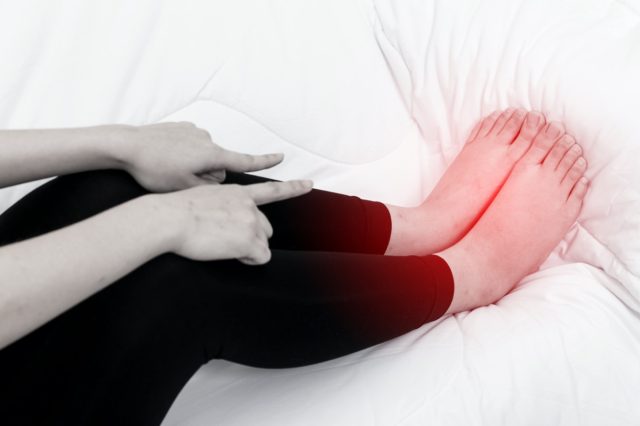
Dr. Burks says, "Poor circulation in most people does not cause any symptoms because our bodies are generally good at compensating for blockages in our arteries. However, when the circulation becomes more impaired, you may have pain in the legs when walking, usually in the calf muscle that can make it hard to get around and continue normal daily activities. When the circulation becomes very severely impaired, you may have pain in the toes or feet, especially at night that may cause trouble sleeping and can progress to spontaneous tissue breakdown such as ulceration or gangrene of the toes or feet. Someone who has poor circulation may have no issues for years until there is trauma to the toes for feet such as from a new pair of poorly fitting shoes or from a pedicure or nail clipping that breaks the skin and causes a wound. These blisters or wounds unfortunately can progress to severe tissue loss and potentially amputation of the toes or feet without rapid treatment."
Shiny Skin or Loss of Hair

Dr. Hurwitz says, "This is non-specific and may not indicate a problem with the circulatory system. Your primary care physician will perform a pulse exam and maybe do an ultrasound or a Doppler test."
Pain in the Calves When Walking
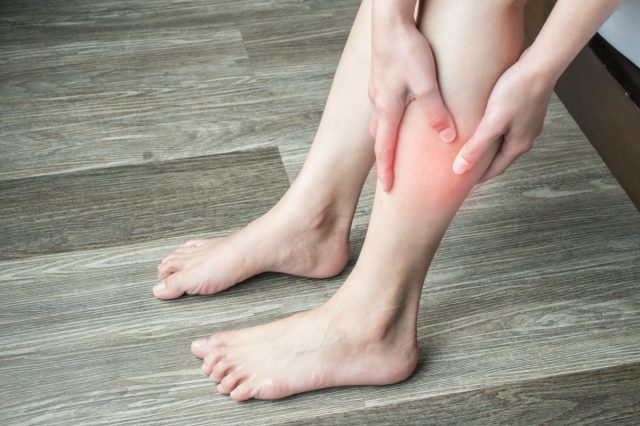
Dr. Burks says, "This is an indication that the muscles are running out of oxygen and nutrients which are what they use to keep us moving. If this is consistently occurring, you should be referred to a vascular surgeon for further evaluation. In medical terminology this is called "claudication" and is generally benign and should be initially treated with lifestyle modification and a regular program of walking for exercise. Although not directly related, people with claudication are at much higher risk of coronary artery disease and stroke which should also be addressed with medication and lifestyle changes."
Dr. Hurwitz explains, "Claudication is the medical term for a very specific type of pain, namely cramping of the calf muscles, triggered by limited ambulation. Often this is termed "lifestyle limiting", particularly for occupations and pastimes which involve a lot of walking. Muscles rely on blood, especially during periods of physiologic demand, to properly function. This is why the muscles of the lower leg, furthest from the heart, are the first to whimper."
Ischemic Rest Pain
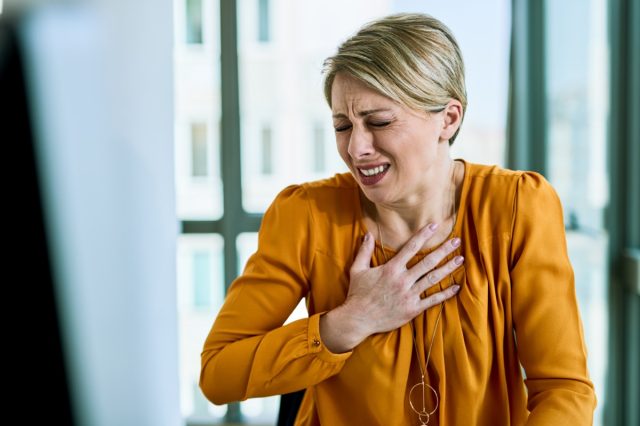
Dr. Hurwitz says, "Progressing beyond claudication, lurks a medical condition known as ischemic rest pain. Again very specific, this ache affects the forefoot, frequently while in bed. Importantly, this is NOT set off by physical activity but simply occurs at rest. This is a more serious finding."
Wounds that Won't Heal
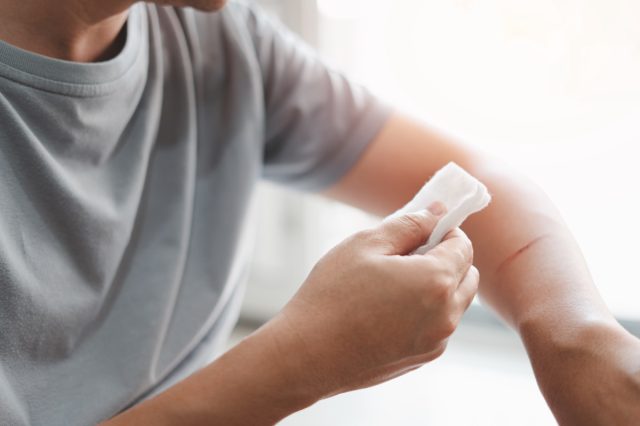
"Non-healing wounds, ulcers and more frighteningly gangrene are tell-tell signs of extreme limitations of blood flow that might even require an urgent evaluation," states Dr. Hurwitz.
Dr. Burks adds, "If a wound on the toes or feet has not healed after 2 weeks it is a sign that the circulation is impaired and the body is unable to heal itself because the proper nutrients are unable to reach the injured tissue. The patient should see a podiatrist or vascular surgeon for evaluation. If someone who is a cigarette smoker or diabetic develops a foot wound they should see a podiatrist or vascular surgeon ASAP because the risk of limb loss is so high."
Pay Attention to the Temperature of Color of Your Feet
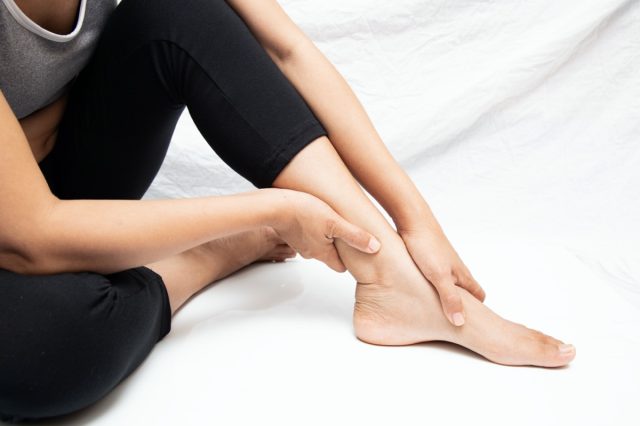
According to Dr. Hurwitz, "An ice-cold or even "blue" foot which demands an immediate call to your physician and likely a trip to the emergency department of your local hospital."
Transient Blindness in One Eye

According to Dr. Burks, "Transient blindness in one eye, focal weakness or numbness on one side of the body or slurred speech or the inability to speak or understand speech are signs of circulatory problems in the carotid arteries and are indicative of a mini stroke or stroke. Blockages in the carotid arteries, which are the blood supply to the brain may become unstable and dislodge and go to the brain where they cause a "brain attack" which can lead to paralysis of one side of the body, inability to talk or understand speech. If any of these symptoms occur, one should seek medical attention immediately."